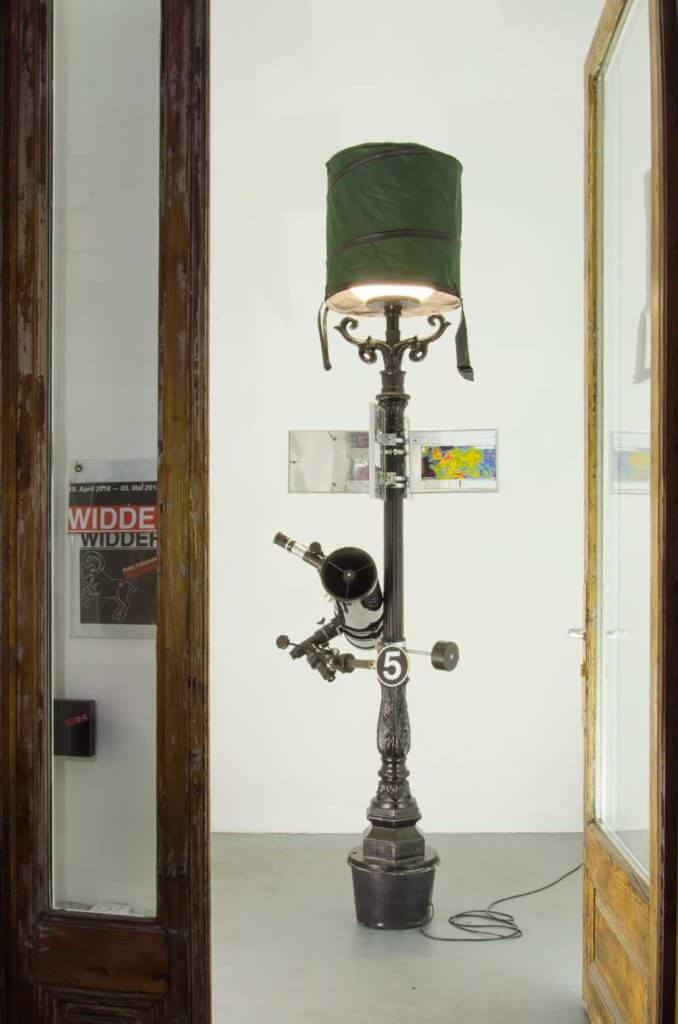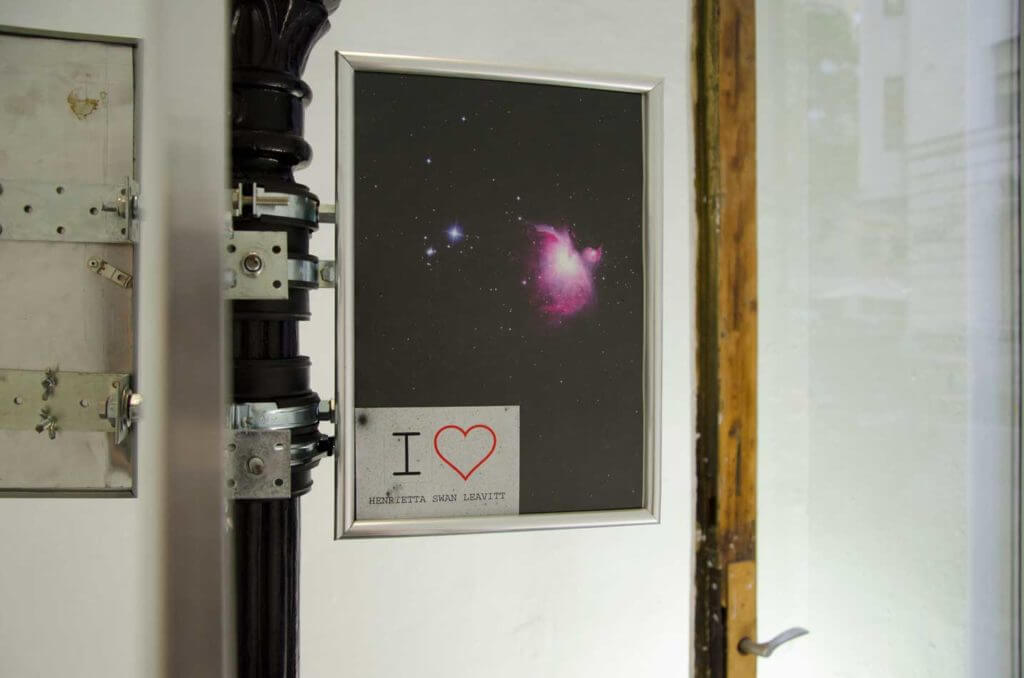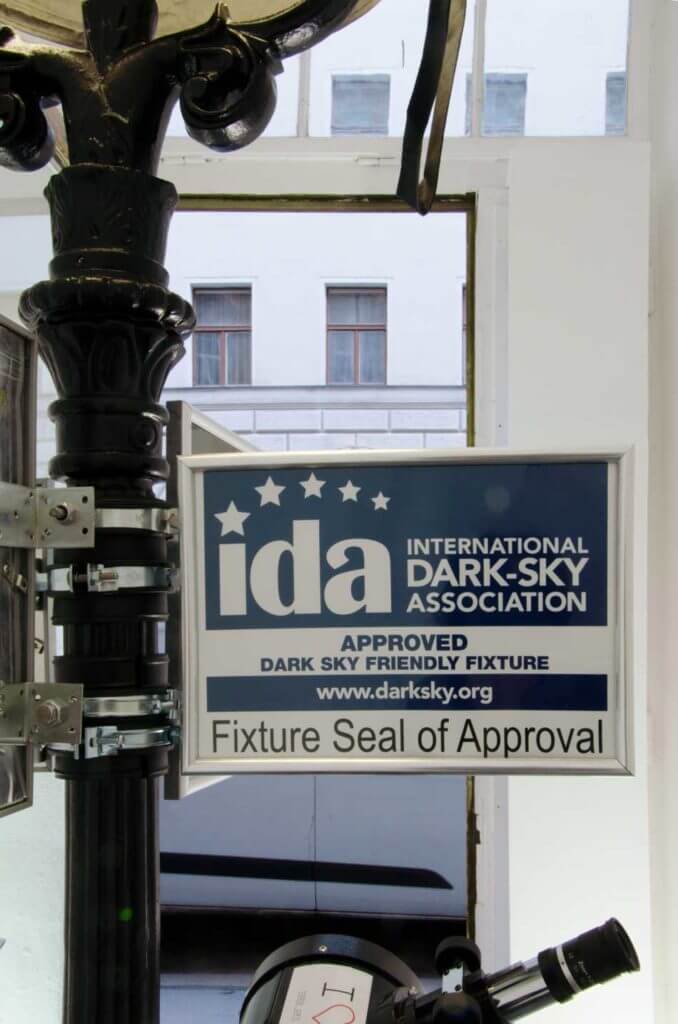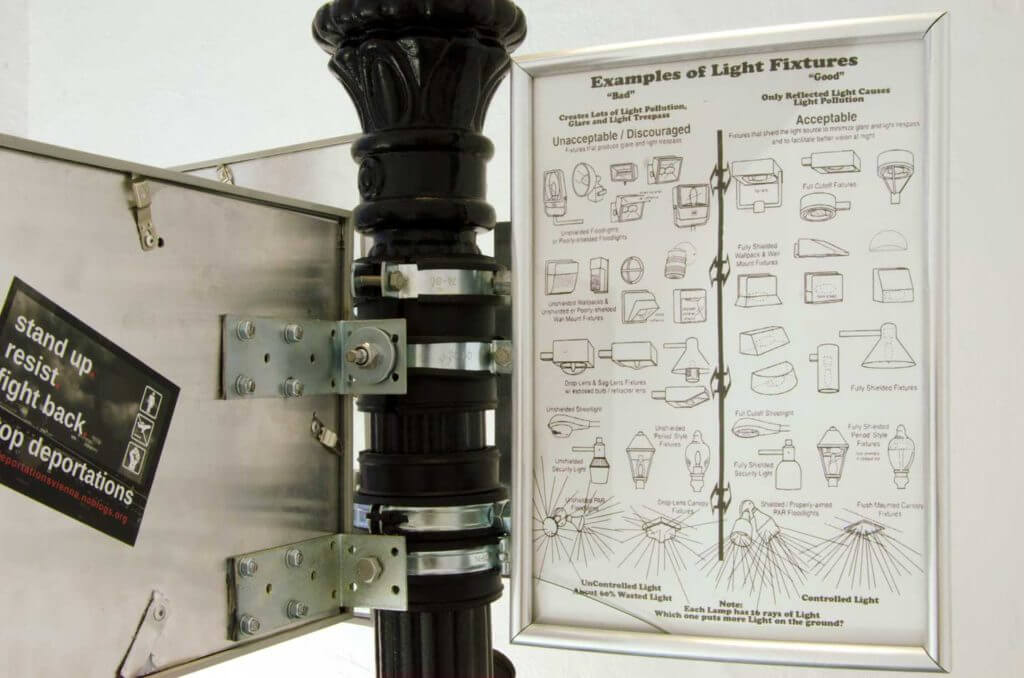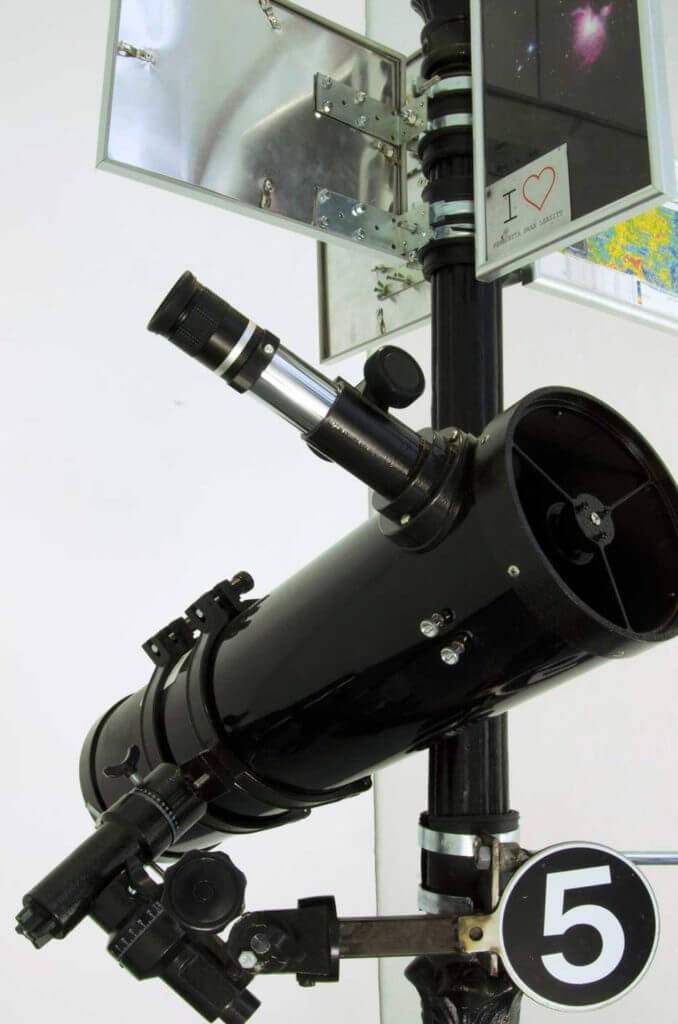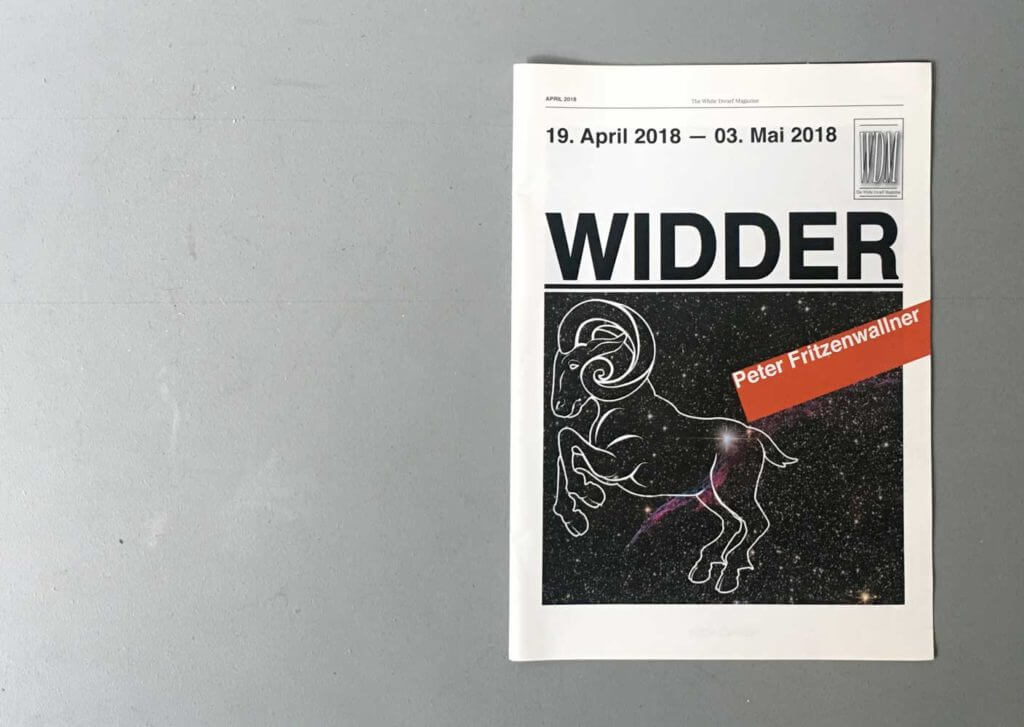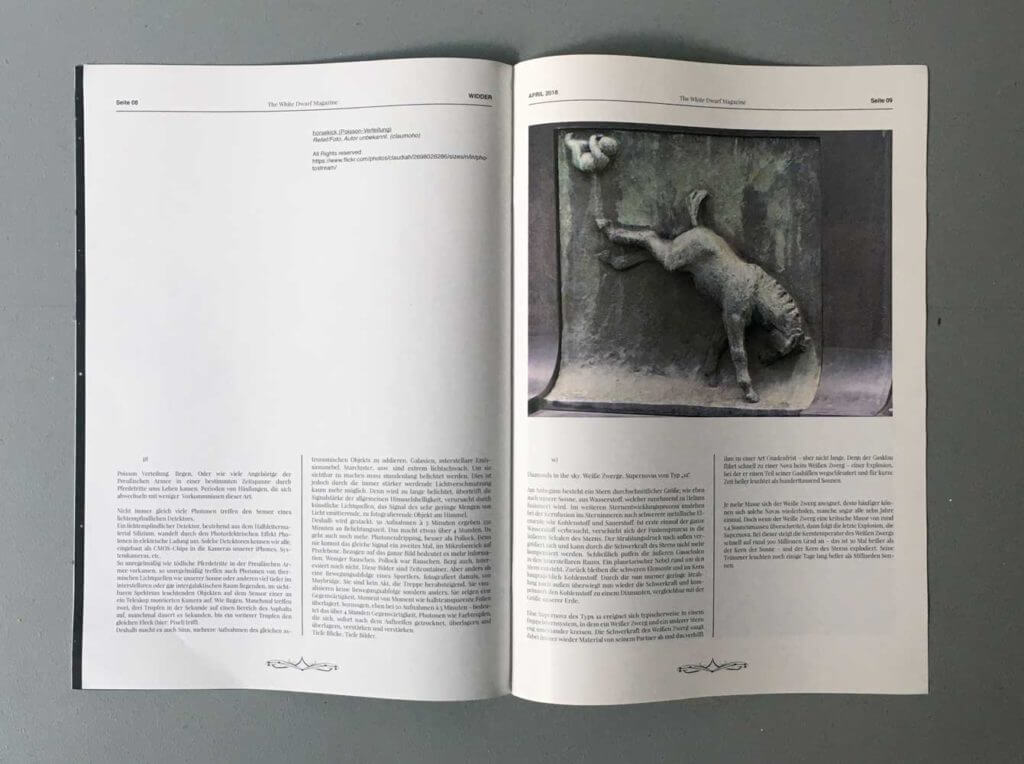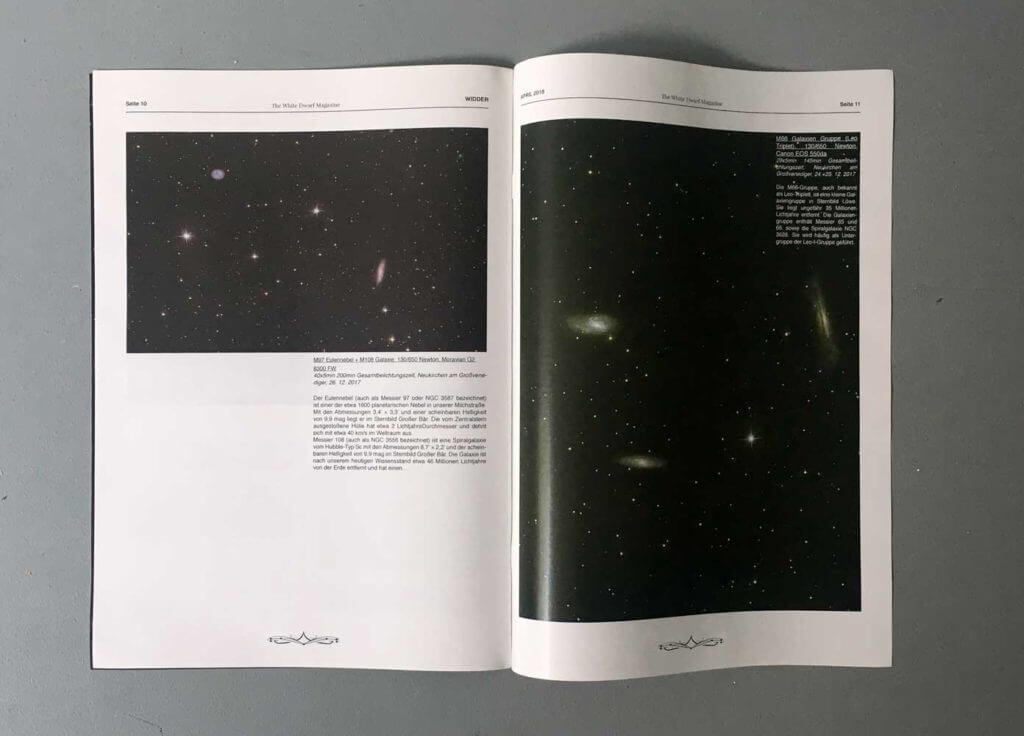WDM#01 W I D D E R with Peter Fritzenwallner
Vienna, 19th April – 3rd May, 2018
p)
Poisson Distribution. Rain. Or how many members of the Prussian army we’re killed by horse kicks in a certain period of time. Periods of accumulations, which alternate with fewer occurrences of this kind.
(…)
Deadly horse kicks occurred irregularly in the Prussian army. As irregularly as those horses hit, do photons of thermal light sources within the visible spectrum (such as our sun or other objects located much deeper in the interstellar or even intergalactic space) hit the sensor of a telescope camera.
Like rain. Sometimes, two or three drops per second strike an area of the asphalt, sometimes it takes seconds for another drop to hit the same spot. (here: pixels.) Therefore, it makes sense to add multiple shots of the same astronomical object. Galaxies, interstellar emission nebulae, star clusters, etc. are extremely faint. To make them visible, you have to spend hours illuminating the camera-sensor. However, this is hardly possible due to the ever increasing light pollution. Because if exposed too long, the signal strength of the general sky brightness (caused by artificial light sources) exceeds the signal of the very small amount of light emitting object in the sky. Therefore you stack. 50 shots per 5 minutes amount to 250 minutes of exposure time. That’s something over 4 hours. But there’s more possible. Photon Dripping, better than Pollock. Because in the micro range on the pixel level, the same signal never comes a second time. In terms of the whole picture this means more information. Less static. Less noise. Pollock was noise. Rauschenberg too. Not of my interest. Those images are time containers. But unlike an athlete’s sequence of motion, photographed by Muybridge at that time. They are not a nude descending a staircase. They do not visualize a sequence of movements, but different. They show a presence, moment by moment like semitransparent slides overlaid. 50 shots of 5 minutes each – that’s over 4 hours of presence, photons like drops of paint, that dried immediately after the impact, superimposed and superimposed, reinforced and intensified. Deep sights. Deep pictures. (Text: Peter Fritzenwallner)
Having this in mind, The White Dwarf Magazine presents Peter Fritzenwallner’s proposal to dim a bright street lamp, It’s all about fighting light pollution. WE WANT A DARK SKY (mixed media, cast iron, 2017).
The White Dwarf Magazine series is an exhibition format by Sebastian Doplbaur and Lena Sieder-Semlitsch. Each issue consists of an exhibition as well as a publication.
Photo credits: White Dwarf Projects
